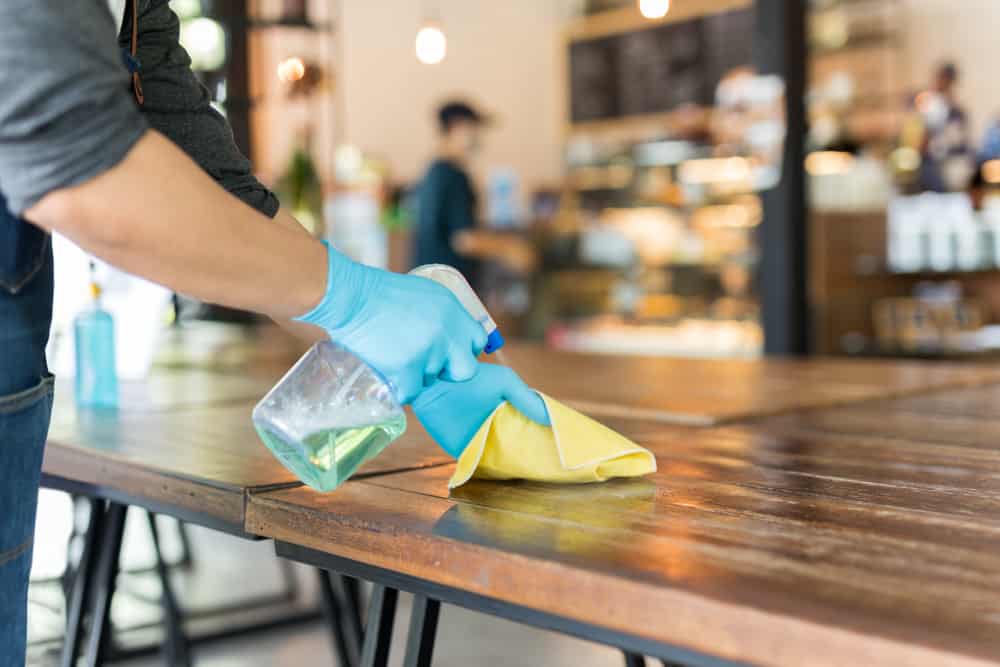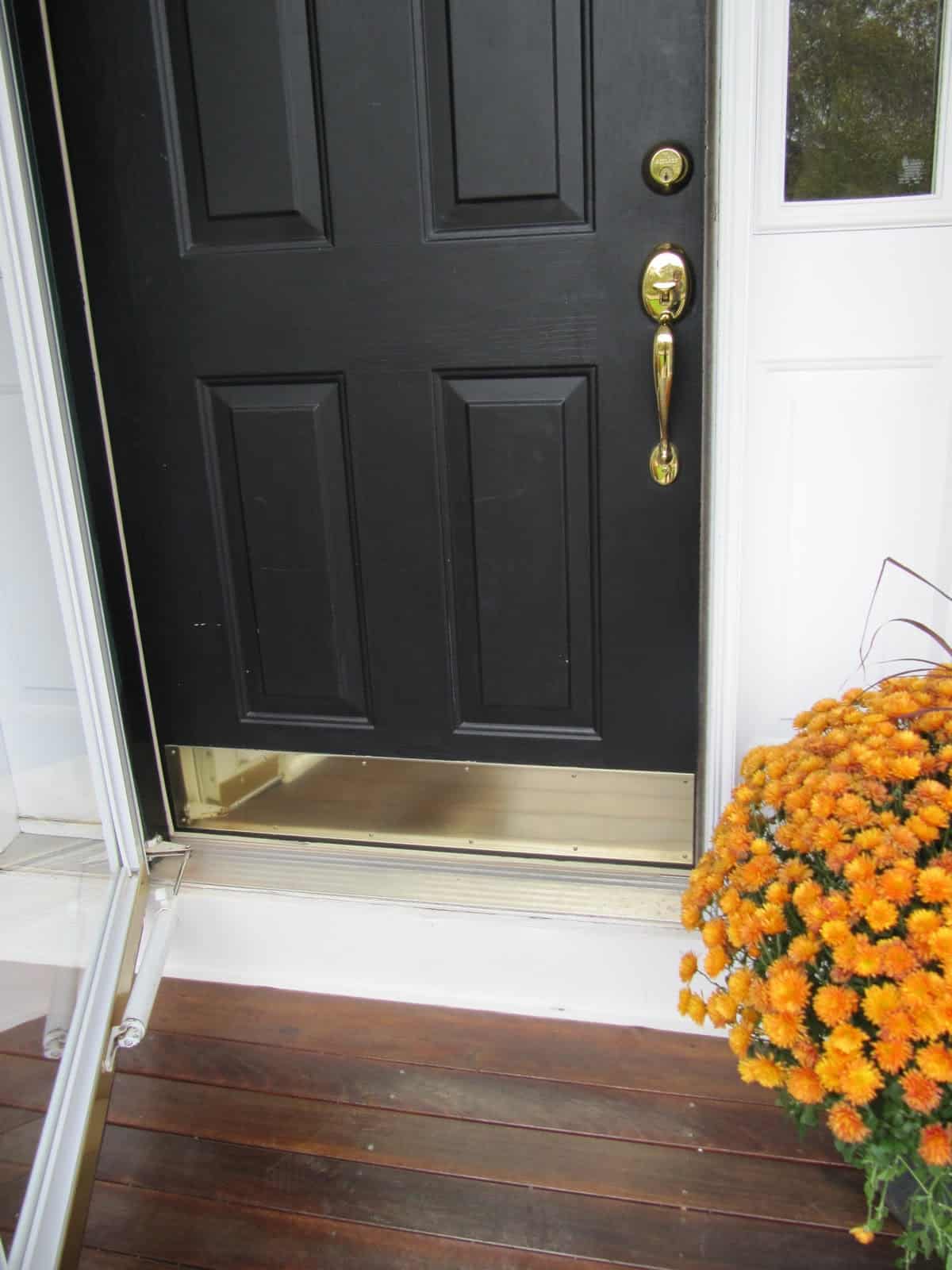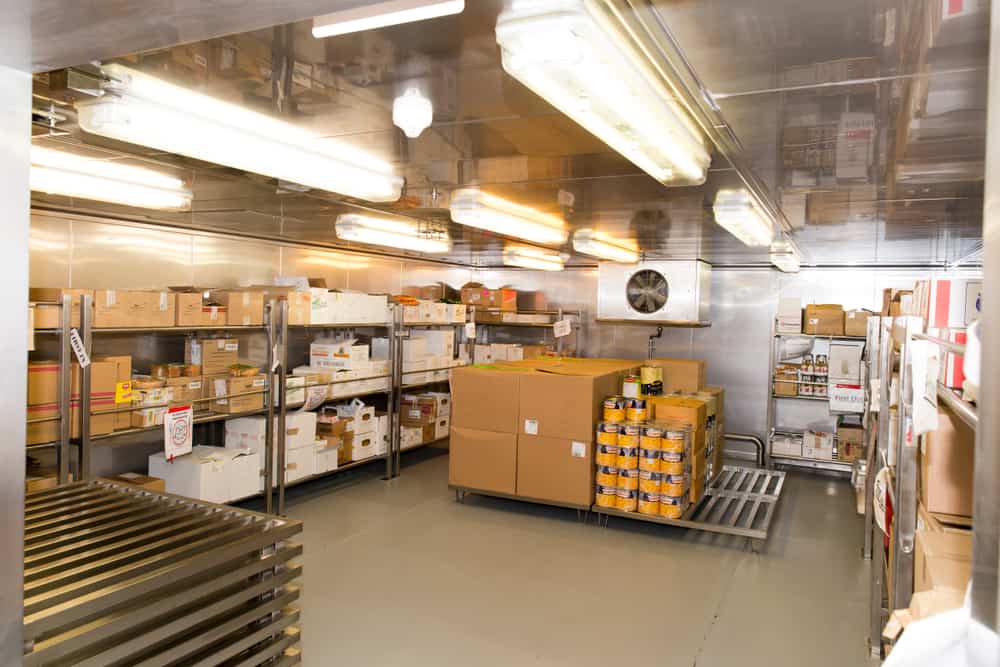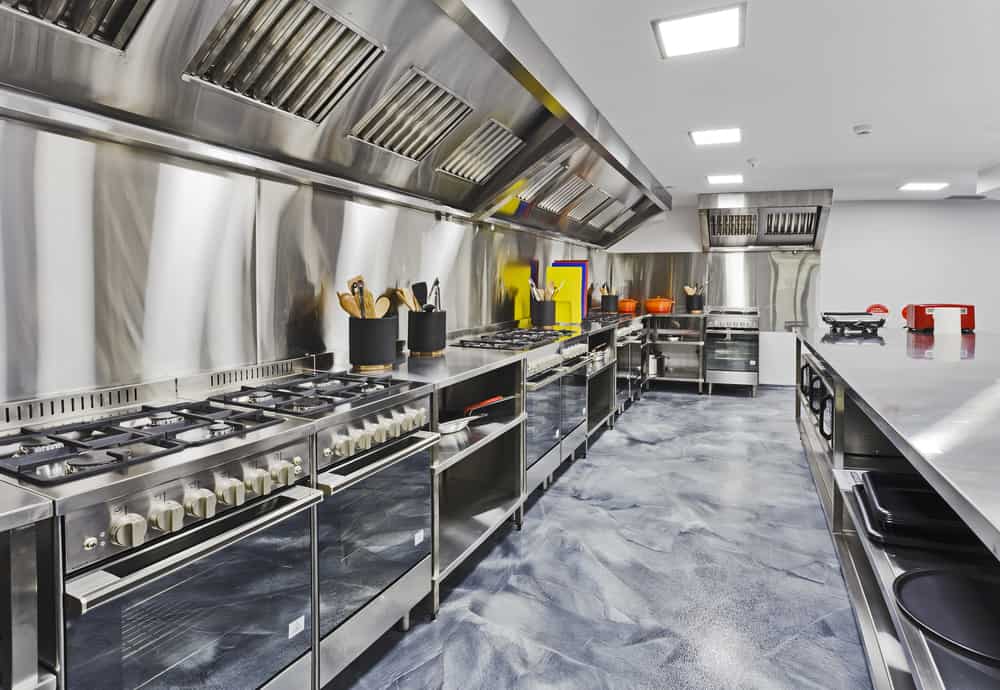If you’re eating in a restaurant and you spot a roach, a rat, or even a harmless ant, it’s likely to put you off your food! And in today’s internet age where every meal is a photo shoot, having an insect photo-bomb the plate is a death sentence for any hotelier! But what if you’re on the other side of this? What if it’s your eatery at stake? Try these restaurant pest control tips. They work!
Restaurant Pest Control Tips
1. Keep Everything Squeaky Clean, Pun Intended

Pests are essentially non-paying customers. They come to your restaurant for free meals, so the best way to avoid them is to keep everything spotless and eliminate any food scraps. Obviously, you clean the tables and surfaces in between customers. But do you use disinfectant wipes? Try citrus-scented ones since the smell of medical disinfectant can put off the next diner’s appetite.
Clean the floors under the tables too, since dropped food scraps will attract both pets and pests. Check your bins to ensure they’re sealed shut and that the neighborhood alley cats and trash pandas can’t pry them open. While you’re at it, collect the leftovers and pack them for homeless folk. When they rifle through your rubbish, they inadvertently give the rats an extra entry point.
2. Carefully and Regularly Check Your Storage Area
If pests get into your ingredients, their droppings, eggs, and dander can sneak into your dishes. Then your customers could get weird ailments and infections even if they didn’t see any actual bugs or critters. And that could kill your reputation forever! Store all your dry goods in pest-proof containers with secure airtight lids, and routinely check them for leaks, holes, or cracks.
Use a flashlight, blue light, or night light to peek under the corners and crevices for unseen droppings and other traces of pesky pest presence. Blue lights are especially useful for spotting the urine stains and greasy smudges of stray cats and rodents respectively. Disinfect the tops and sides of containers and plastic packaging, and toss out any items that are contaminated.
3. Practice Preventive Pest Management
During those early weeks of COVID-19, we all got a little anal about contamination. Everyone was wiping down their groceries and deliveries before bringing them into the house, and we were careful not to touch too many items in grocery store aisles. Those habits have largely faded, but they’re helpful restaurant pest control tips. Consider making them permanent at your eatery.
As you receive orders of fresh food, vegetables, dairy, and even beverage cans, inspect them and disinfect them at the loading zone before bringing them inside. Leave the packaging materials outside and put them in a distant trash can. That way, you’ll avoid transferring any bugs or rodents that stowed away in the delivery truck or shipping crates. And clean your trash cans too.
4. Don’t Forget Those Pesky Birds!
We’re always so focused on rats, mice, and roaches that we dismiss the pests overhead. But urban birds can contaminate food too! Crows, blackbirds, seagulls, and pigeons can be pretty aggressive as they swoop and snack. Some have even been known to rob supermarkets! But even smaller birds may raid your cereals and build nests in the eaves and chimneys of your kitchen.
Check for stray feathers, droppings, and bits of eggshell. If any of these enter your food, you could get sued, or your patrons could fall in. Call animal control to get rid of the birds if you find them, or consider keeping a cat to scare them off. But make sure s/he’s an active cat since many urban felines are too lazy and pampered to effectively hunt their thieving feathered friends!
5. Be Careful With Your Lighting
Does your restaurant have glaring fluorescent lights? Or did you opt for a dim, romantic tone? Sadly, both options can invite pests. A low-lit room is tempting for roaches, rodents, and bugs that like dark places. It’ll be harder for you to spot them as they scurry under tables and between feet collecting scraps. On the other hand, those buzzing fluorescents can hypnotize flying pests.
Do a thorough inspection of your restaurant to identify the types of rodents and insects that you have in residence. Then change the lighting accordingly. If you still need bright lamps, install a few bug zappers in discreet spots. Don’t put them out front because those pest carcasses could scare customers away! Instead of being glad they’re dead, clients assume you have more inside!
6. Learn to Recognise the Signs
Trained exterminators can identify a pest by its trail or droppings. And while you might never become an expert bug hunter, you should learn to spot the traces of unwanted restaurant guests. Study the wastes of common insects, birds, and rodents in your area – if you know what you’re dealing with, you can find resolutions much faster. Be on the lookout for stray feathers and fur.
It helps if you can tell rat hair from cat fuzz, but even if you can’t, combining fur and droppings will clue you in. That way, you know what pest control measures to implement without alerting the health inspectors or sending your patrons into a panic. Once you know which bug or rodent has invaded your restaurant, you’ll know where to check for entry points so you can seal them.
7. Install Screens, Kick Plates, and Brush Strips

The next time you close your eatery, get your staff to do a special inspection. Note all the doors, windows, and vents, and make a small diagram to mark their locations. Pay special attention to inlets tucked behind booths, shelves, and restaurant appliances. These are all spots where bugs and rodents can sneak in and settle, so use the floor plan to ferret out their secret access points.
Install bug screens on all these openings, from air vents to unused electric outlets. It doesn’t have to be pricy – you can find flexible bug mesh at most hardware stores and it’s quite cheap. Next, install brush strips and metal kick plates on the doors. That’ll cost a lot more, but it’ll keep pests from slithering underneath the door. And it can be a nice decorative touch if you do it well.
8. Do a Targeted Pest Attack
In general, pest control involves three steps – inspection, treatment, and prevention. Once you learn what attracted the pests, how to identify them, and how to get rid of them, you’ll know how to stop them from coming back. But sometimes, the infestation is so bad that you need to go nuclear on the critters. This may involve professional fumigation over the weekend or holiday season.
Before beginning any treatment, remove all the food, staff, or pets that could be injured by the pesticide formulas. Your exterminator will warn you how long to stay away. And when you re-enter the eatery, wipe down and disinfect all surfaces to remove traces of the toxins that could contaminate your dishes or infect your workers. Respiratory irritation is a common side effect.
9. Don’t Feed the Trolls – Clean Your Trash Cans!

If pests can’t find food or shelter at your restaurant, they’ll eventually move on. So the smartest restaurant pest control tips make your eatery uncomfortable for bugs and rodents. Starve them out by ensuring food is always covered, especially after the dish is cooked and wafting off those yummy scents. Close the taps, dry the sinks, and don’t leave mop buckets lying unattended.
This way, you can dry out the pests. Scrub down your equipment, especially your greasy cookers and trash cans. In the storage area, regularly rotate your boxes and supplies so any pests nesting there don’t get too comfortable. Random inspections can stop bugs and rodents from settling there in the first place. Also, sell or donate appliances you haven’t used in the past three months.
10. Find Those Secret Hiding Spots
Ordinarily, you won’t know your restaurant has pests until a patron shoots a video on their phone and hits you up for a free meal. Or worse, a freaked-out diner screams when s/he spots one scurrying off! Avoid this embarrassment – and potential lawsuits – by discovering those secret hiding spots before the bugs come out to play. Check under the sink and in the wiring.
Unscrew the panels in your kitchen equipment and look under drainage lids. Shove your head (or at least your flashlight) up the chimney, down the trash chute, under the grease pan, and inside the grates. Keep accurate records of the pest control techniques you implemented. Note the dates of any traps you set, or when you sprayed the eatery. It helps you test for effectiveness.
11. Store Your Food Correctly

We’ve already mentioned pest-proof containers and rotating your bags and boxes in storage. But pest control tips and tricks should include smart positioning techniques. Ensure food items are raised off the floor. This makes it harder for climbers and crawlers to access them, especially if you install rodent-proof shelving. And as you shift boxes around, double-check the expiry dates.
Move at-risk foods closer to the front to ensure freshness. This will deter pests, but it will also prevent food waste and spoilage. You can always adjust your menu to help you safely utilize items that are about to go bad. Raising your food bags off the floor can also be helpful against damage from damp floors, leakage, floods, or bad weather that may drip moisture into the store.
Do you know any other tried and tested restaurant pest control tips? Tell us in the comments!

Leave a comment